Description
Randall’s Goby, scientifically known as Amblyeleotris randalli, is a small-sized fish with a maximum length of about 3 inches (7.5 cm). It has a slender body and a distinct elongated first dorsal fin. This fish is sometimes referred to as a prawn goby as it can partner with pistol shrimp.
Natural Habitat:
In its natural habitat, Randall’s Goby is typically found in sandy or rubble areas near reef slopes or drop-offs. It seeks shelter in burrows, often created by pistol shrimp, within the sand or amongst rocks.
Keeping Randall’s Goby Healthy:
Keeping Randall’s Goby healthy requires a moderate level of care and difficulty. Providing a well-maintained aquarium with stable water parameters is essential. Tank size should be appropriate, with a minimum of 20 gallons (75 litres) to allow for swimming space and the establishment of territories.
Special Requirements and Feeding:
Randall’s Goby is a carnivorous species. It prefers a diet consisting of small meaty foods such as live or frozen brine shrimp, mysis shrimp, and finely chopped seafood. It may also accept high-quality commercial pellet or flake foods specifically designed for carnivorous fish. Feed small amounts multiple times a day.
How Many Should You Keep:
Randall’s Goby can be kept individually or in mated pairs. If keeping multiple gobies, ensure adequate space and resources to establish their territories.
Lighting Preference:
There are no specific lighting requirements for Randall’s Goby. Providing appropriate lighting for the overall reef environment is sufficient.
Suitable Tank Mates:
Randall’s Goby is peaceful and generally compatible with a wide range of tank mates, including other small fish, shrimp, and reef-safe invertebrates. However, avoid aggressive or territorial species that may pose a threat to the goby.
Symbiotic Pairing:
Randall’s Goby and Pistol Shrimp have a fascinating mutualistic relationship known as a symbiotic pairing. The relationship is facultative, meaning that it is not obligate, and both species can survive independently if separated. However, they exhibit a strong affinity for each other in the wild and often form long-term partnerships. The goby and shrimp pairing is sought after by reef aquarium enthusiasts due to their engaging behaviour and the beneficial impact on the aquarium ecosystem.
The shrimp excavates and maintains a burrow in the sand or rubble substrate, creating a complex network of tunnels. The goby takes up residence in the burrow and shares it with the shrimp. The shrimp’s burrowing activities help clean the substrate and prevent debris accumulation. The goby also contributes to the maintenance by removing excess sediment, ensuring the burrow remains clear. In exchange the goby acts as a lookout for the shrimp.
Reproduction in the Wild:
In terms of breeding, the specific details of reproduction in the wild for Randall’s Goby are not well-documented. However, like other gobies, they are believed to have an egg-laying reproductive strategy, with the male guarding and aerating the eggs until they hatch
Breeding Amblyeleotris randalli:
By following appropriate tank parameters and providing suitable habitat conditions, it is possible to encourage natural reproductive behaviours in captivity.
- Setup:
To encourage breeding in Randall’s Goby, provide a well-established aquarium with stable water parameters. Create a sandy substrate with suitable burrowing areas, and include live rock or rubble for additional hiding spots. Maintain excellent water quality and ensure a stable temperature between 77°F and 82°F (25°C and 28°C).
- Courtship and Spawning:
Courtship in Randall’s Goby involves intricate displays by the male to attract the female’s attention. The male will swim near the entrance of the burrow, perform fin movements, and exhibit vibrant colours to entice the female. Once the female is receptive, they will enter the burrow together.
Inside the burrow, the male and female will engage in a spawning ritual, where the female releases her eggs, and the male fertilizes them. The male then guards and aerates the eggs, ensuring their proper development.
- Rearing Offspring:
After the eggs hatch, the larvae will enter a pelagic stage, drifting in the water column. Providing a specialized larval rearing setup is challenging and requires expertise. A separate rearing tank with appropriate water flow, temperature, and feeding protocols may be necessary to increase the chances of successfully raising the fry.
Sexual Dimorphism:
Sexual dimorphism in Randall’s Goby is not prominent. Both males and females exhibit similar body shape, coloration, and size.
Distribution:
Randall’s Goby, Amblyeleotris randalli, is native to the Western Pacific Ocean, specifically from regions such as the Philippines, Indonesia, and parts of Micronesia. It can be found in both the wild and in captive-bred populations.
Summary:
Randall’s Goby, scientifically known as Amblyeleotris randalli, is a small-sized fish with a maximum length of about 3 inches (7.5 cm). It thrives in sandy or rubble areas near reef slopes, often forming symbiotic relationships with pistol shrimp. Keeping Randall’s Goby healthy requires a moderate level of care, providing suitable tank conditions, and offering a carnivorous diet. They are peaceful and suitable for reef tanks when appropriately matched with compatible tank mates. Breeding Randall’s Goby in captivity can be challenging, but with the right setup, courtship rituals, and rearing techniques, it is possible to achieve successful reproduction. Randall’s Goby is native to the Western Pacific, including the Philippines, Indonesia, and Micronesia. Its vibrant colours and fascinating behaviour make it a popular choice for marine aquarium enthusiasts.
The Fish pictured here are representative only and the livestock you receive may vary in pattern, coloration, and shape.

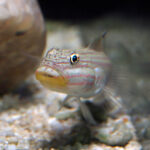
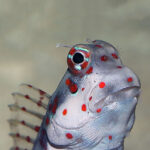



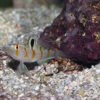

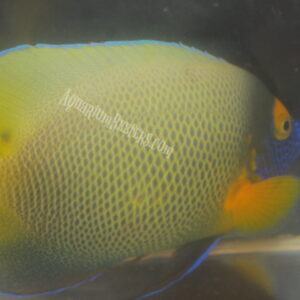



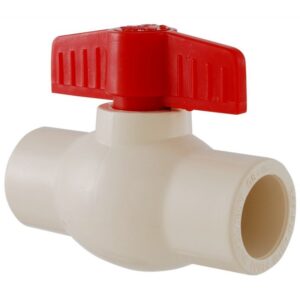 1.5" White Ball Valve, Slip
1.5" White Ball Valve, Slip 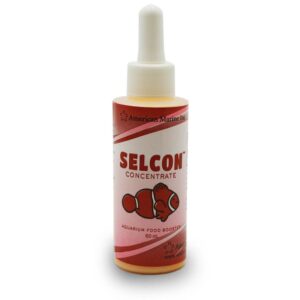 Selcon Concentrate (2 oz / 60 ml)
Selcon Concentrate (2 oz / 60 ml) 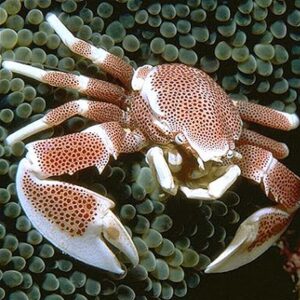 Spotted Porcelain Anemone Crab
Spotted Porcelain Anemone Crab  Lightning Maroon Clownfish
Lightning Maroon Clownfish 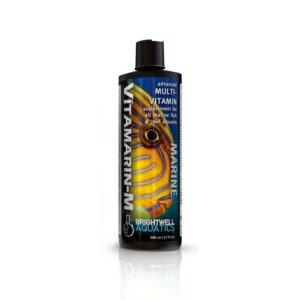 Vitamarin-M 500ml - Brightwell Aquatics
Vitamarin-M 500ml - Brightwell Aquatics 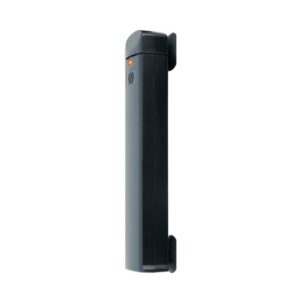 Fluval P10 Submersible Aquarium Heater, 10 W, up to 3 US Gal (10 L)
Fluval P10 Submersible Aquarium Heater, 10 W, up to 3 US Gal (10 L) 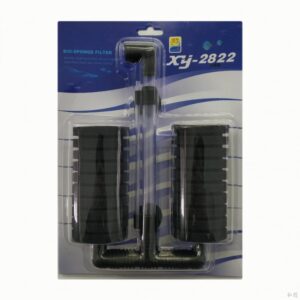 XINYOU XY-2822 Air Pump Double Sponge Filter
XINYOU XY-2822 Air Pump Double Sponge Filter 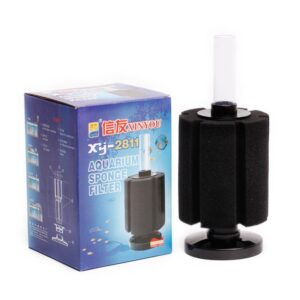 Xinyou XY-2837 Bio Sponge Filter (Cylinder)
Xinyou XY-2837 Bio Sponge Filter (Cylinder) 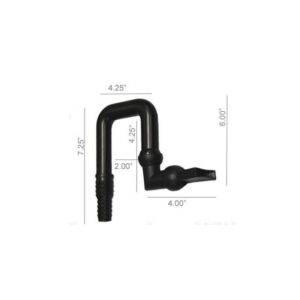 U-Tube Directional Water Return Outflow 3/4"-1"
U-Tube Directional Water Return Outflow 3/4"-1"  Red Encrusting Montipora F1
Red Encrusting Montipora F1 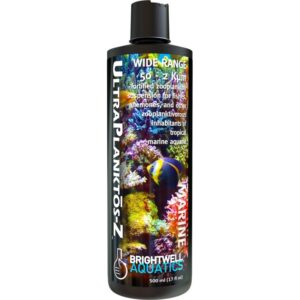 UltraPlanktos-Z CWM 500ml - Brightwell Aquatics
UltraPlanktos-Z CWM 500ml - Brightwell Aquatics  Hanna HI736-25 PHOSPHORUS ULTRA REAGENTS
Hanna HI736-25 PHOSPHORUS ULTRA REAGENTS 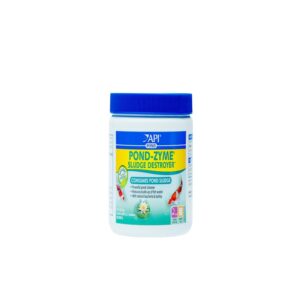 API Pond-Zyme with Barley 1Pound
API Pond-Zyme with Barley 1Pound 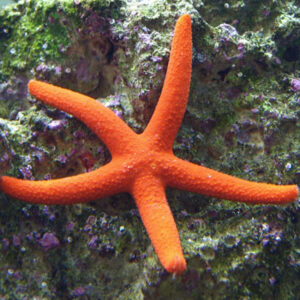 Orange Finger Starfish
Orange Finger Starfish  PG50 Internal Water Pump 13,209 Gal - Periha
PG50 Internal Water Pump 13,209 Gal - Periha  Dr. Tim's Aquatics 32oz One & Only Live Nitrifying Bacteria 480gal (SW)
Dr. Tim's Aquatics 32oz One & Only Live Nitrifying Bacteria 480gal (SW)  PondCare Simply Clear Pond Clarifier 16oz - API
PondCare Simply Clear Pond Clarifier 16oz - API 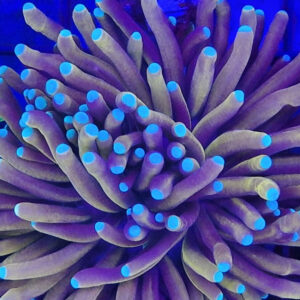 Australian Gold Torch F25
Australian Gold Torch F25 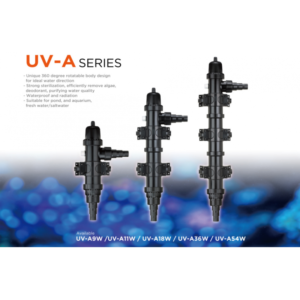 Periha UV-A Series 36w (UV-A36W)
Periha UV-A Series 36w (UV-A36W) 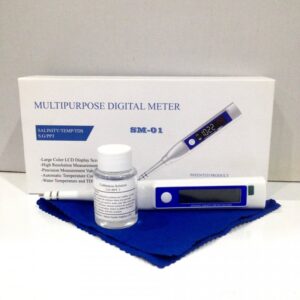 Multipurpose Digital Meter SM-01 (SM01)
Multipurpose Digital Meter SM-01 (SM01) 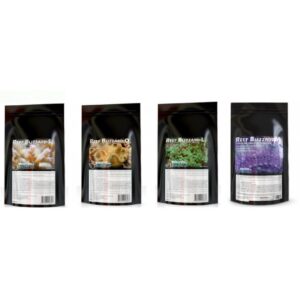 Brightwell Aquatics Reef Blizzard-A 50G
Brightwell Aquatics Reef Blizzard-A 50G 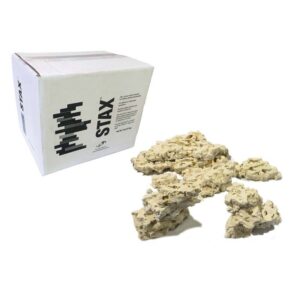 STAX Rock Flat Aquascaping ( 20 Pound ) - Two Little Fishies
STAX Rock Flat Aquascaping ( 20 Pound ) - Two Little Fishies  Tuka/Purple Anthias
Tuka/Purple Anthias  Hikari Frozen Squid Sticks (3.5oz) Cube
Hikari Frozen Squid Sticks (3.5oz) Cube  Green Base Toadstool Leather F3
Green Base Toadstool Leather F3 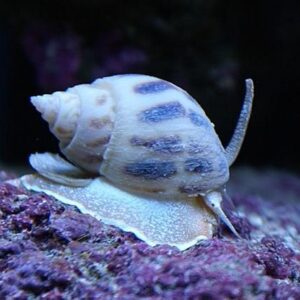 Nassarius Snail
Nassarius Snail  Sera feed A plus Feeder
Sera feed A plus Feeder  Brightwell Aquatics Reef Blizzard-L 50G
Brightwell Aquatics Reef Blizzard-L 50G 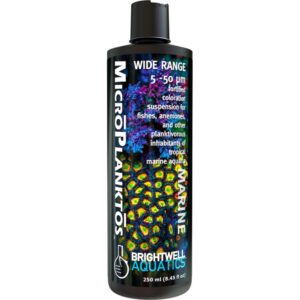 MicroPlanktos 500ml - Brightwell Aquatics
MicroPlanktos 500ml - Brightwell Aquatics 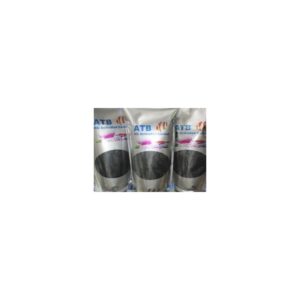 HQ Activated Carbon Coconut 50 Pound
HQ Activated Carbon Coconut 50 Pound  ReefBlizzard-ZC Freeze Dried Copepods 25G Brightwell Aquatics
ReefBlizzard-ZC Freeze Dried Copepods 25G Brightwell Aquatics  ReefBlizzard-ZC Freeze Dried Rotifier 5G Brightwell Aquatics
ReefBlizzard-ZC Freeze Dried Rotifier 5G Brightwell Aquatics 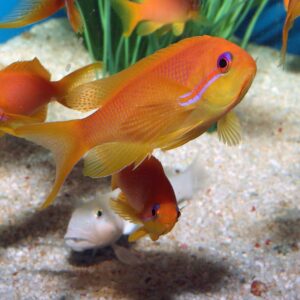 Lyretail Anthias
Lyretail Anthias 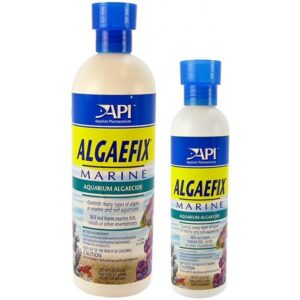 Marine AlgaeFix 16oz - API
Marine AlgaeFix 16oz - API  API Stress Coat + 16oz ( pond version )
API Stress Coat + 16oz ( pond version )  Blue Ring Angelfish Juvenile
Blue Ring Angelfish Juvenile  Sera XS-Feeder
Sera XS-Feeder  API Stress Coat + 32oz ( pond version )
API Stress Coat + 32oz ( pond version ) 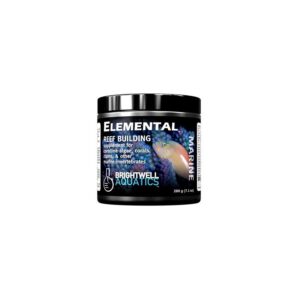 Elemental 800 Gram - Dry Reef Building Complex for Corals, Clams - Brightwell Aquatics
Elemental 800 Gram - Dry Reef Building Complex for Corals, Clams - Brightwell Aquatics  Frag Recover 250ml - Brightwell Aquatics
Frag Recover 250ml - Brightwell Aquatics  Real Reef Rock (60 lb) Box - Medium - Real Reef
Real Reef Rock (60 lb) Box - Medium - Real Reef  ReMag Magnesium Media - 1 kg - Two Little Fishies
ReMag Magnesium Media - 1 kg - Two Little Fishies 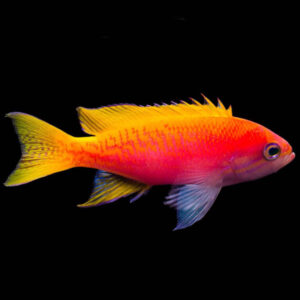 Scribbled Bimaculatus Anthias
Scribbled Bimaculatus Anthias 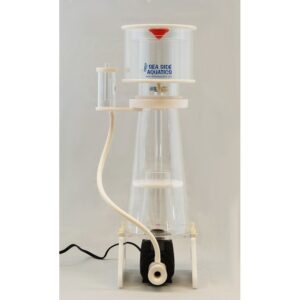 TS5 Internal Protein Skimmer w/ Sicce SK200 Sea Side Aquatics
TS5 Internal Protein Skimmer w/ Sicce SK200 Sea Side Aquatics 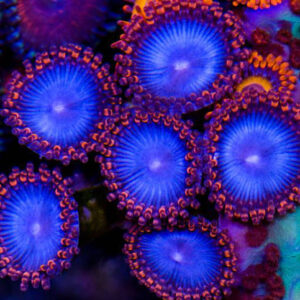 Superman Zoanthid F2
Superman Zoanthid F2 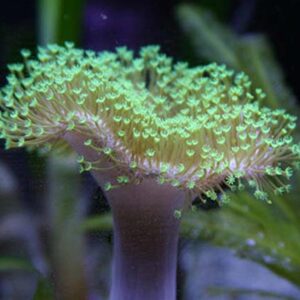 Green Polyp Toadstool Leather F2
Green Polyp Toadstool Leather F2  Tunze 7096 Controller
Tunze 7096 Controller  Red-bar Cooperi Anthias
Red-bar Cooperi Anthias  Eheim Jager TruTemp 300 Watt Fully Submersible Heater
Eheim Jager TruTemp 300 Watt Fully Submersible Heater 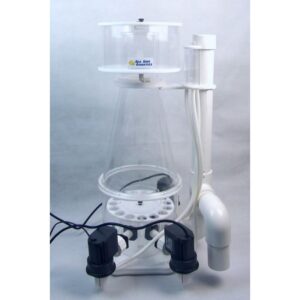 AS31 Protein Skimmer - Sea Side Aquatics
AS31 Protein Skimmer - Sea Side Aquatics 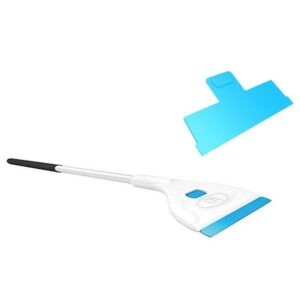 15" AquaBlade-P Acrylic Safe Algae Scraper w/ Plastic Blade - Continuum
15" AquaBlade-P Acrylic Safe Algae Scraper w/ Plastic Blade - Continuum 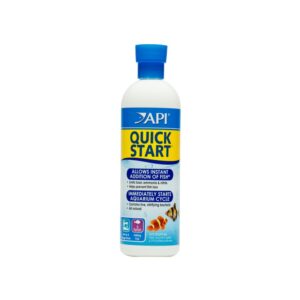 QUICK START 16oz - API
QUICK START 16oz - API
Reviews
There are no reviews yet.